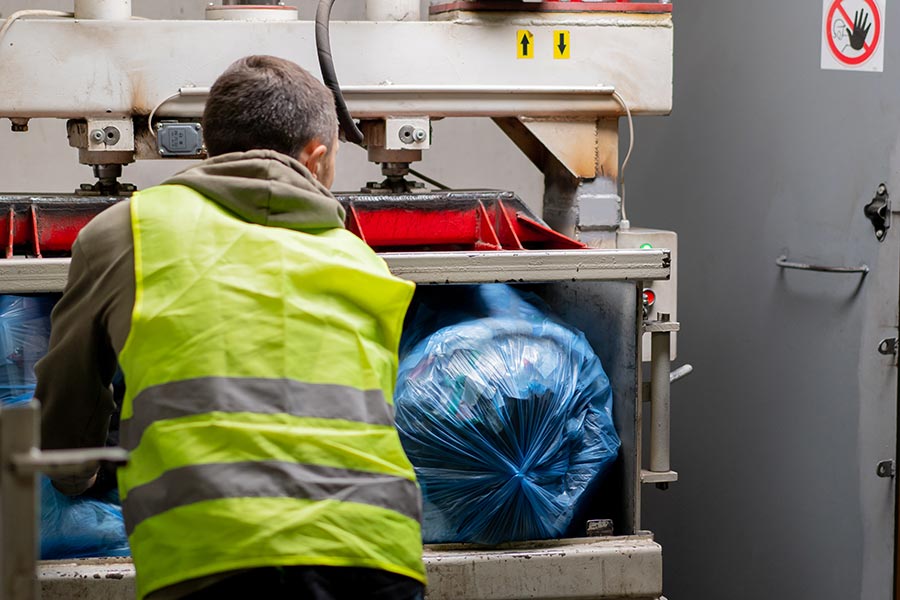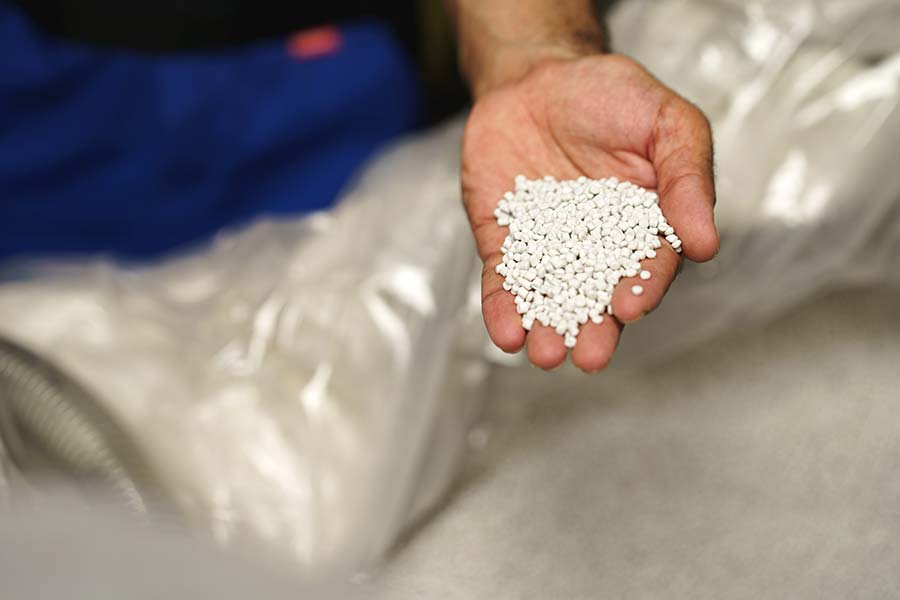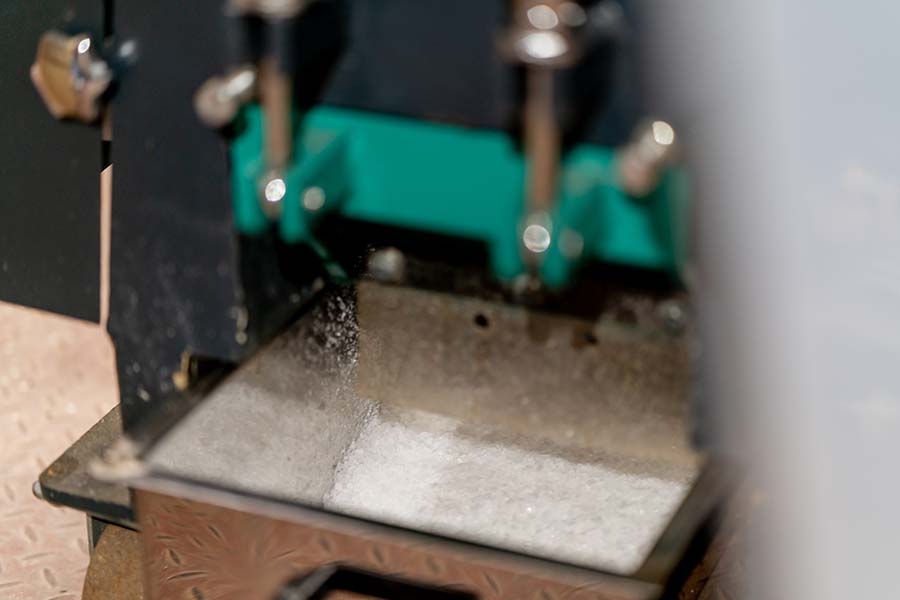La importancia de la formación y capacitación en el uso de maquinaria de reciclaje

En Replagar, entendemos que la formación y capacitación en el uso de maquinaria de reciclaje es fundamental para el éxito y la sostenibilidad de cualquier planta de reciclaje de plástico. Nuestro compromiso con la calidad y la innovación no solo se refleja en nuestras máquinas, sino también en la formación integral que ofrecemos a los operadores. Queremos asegurarnos de que cada cliente pueda maximizar el rendimiento y la eficiencia de nuestras soluciones.
Nuestra experiencia y compromiso
Como líderes en la fabricación y montaje de maquinaria para plantas de reciclaje de plástico, en Replagar ofrecemos un catálogo extenso de maquinaria nueva y de segunda mano, diseñada y fabricada específicamente para el tratamiento de residuos plásticos. Colaboramos con compañías tanto nacionales como internacionales, adaptándonos a las necesidades específicas de cada cliente y produciendo soluciones a medida.
La formación es el pilar fundamental para el éxito
La formación en el uso de maquinaria de reciclaje es esencial por varias razones. Las máquinas que diseñamos y fabricamos en Replagar son tecnológicamente avanzadas y requieren un conocimiento técnico específico para su operación. Por ello, proporcionamos formación detallada sobre el funcionamiento de nuestras máquinas, mantenimiento básico y resolución de problemas comunes.
La formación adecuada permite a los operadores optimizar el rendimiento de la maquinaria. Al comprender profundamente las capacidades y limitaciones de las máquinas, los operadores pueden ajustar los parámetros de operación para maximizar la eficiencia y minimizar el desgaste de los componentes, prolongando así la vida útil de las máquinas y mejorando la calidad del producto final reciclado.
Capacitación continua
La capacitación no debe ser un evento único, sino un proceso continuo. En Replagar, ofrecemos programas de capacitación continua que aseguran que los operadores estén siempre actualizados sobre las últimas innovaciones y prácticas recomendadas. La capacitación regular fomenta una cultura de mejora constante dentro de la empresa y asegura que nuestros clientes obtengan el máximo beneficio de nuestras soluciones tecnológicas.
Seguridad laboral
La seguridad es una de nuestras principales preocupaciones. Las máquinas de reciclaje de plástico pueden ser peligrosas si no se manejan correctamente. Por eso, nuestros programas de formación incluyen módulos específicos sobre seguridad laboral. Estos módulos cubren temas como el uso correcto de equipos de protección personal (EPP), la identificación y mitigación de riesgos, y los procedimientos de emergencia en caso de incidentes.
Adaptación a las necesidades del cliente
En Replagar, nos enorgullece nuestra capacidad para adaptar nuestras soluciones a las necesidades específicas de cada cliente. Esto significa que nuestra formación y capacitación también están personalizadas. Desarrollamos programas de formación que abordan las particularidades de cada planta de reciclaje, considerando las máquinas específicas que se utilizan y los tipos de plásticos que se procesan.
Beneficios económicos de la capacitación
Invertir en la formación y capacitación de los operadores no solo tiene beneficios en términos de seguridad y eficiencia, sino que también puede tener un impacto económico significativo. Las máquinas bien operadas y mantenidas tienen una vida útil más larga y requieren menos reparaciones, lo que reduce los costos operativos a largo plazo. Además, la mejora en la calidad del producto final puede aumentar la competitividad de la empresa en el mercado del reciclaje.
Contacta con Replagar
En Replagar, estamos convencidos de que la formación y capacitación en el uso de maquinaria de reciclaje es crucial para garantizar procesos de reciclaje seguros, eficientes y sostenibles. Nuestro compromiso con la calidad y la innovación se refleja tanto en nuestras máquinas como en la formación integral que ofrecemos. Con programas de formación continua y personalizados, aseguramos que nuestros clientes puedan aprovechar al máximo nuestras soluciones tecnológicas, mejorando la seguridad, eficiencia y viabilidad económica a largo plazo.
Nos esforzamos por proporcionar no solo maquinaria de alta calidad, sino también el conocimiento y las habilidades necesarias para operarla de manera efectiva. Al elegir Replagar, no solo obtiene tecnología de vanguardia, sino también un socio comprometido con su éxito y sostenibilidad en la industria del reciclaje de plásticos.
Contacta con nosotros, estaremos encantados de poder ayudarte.



